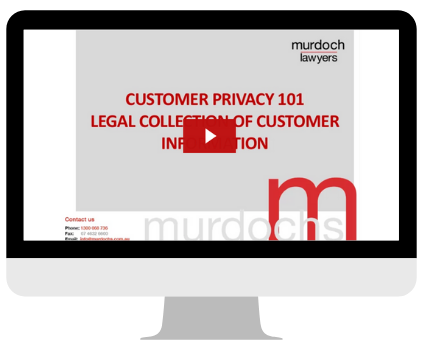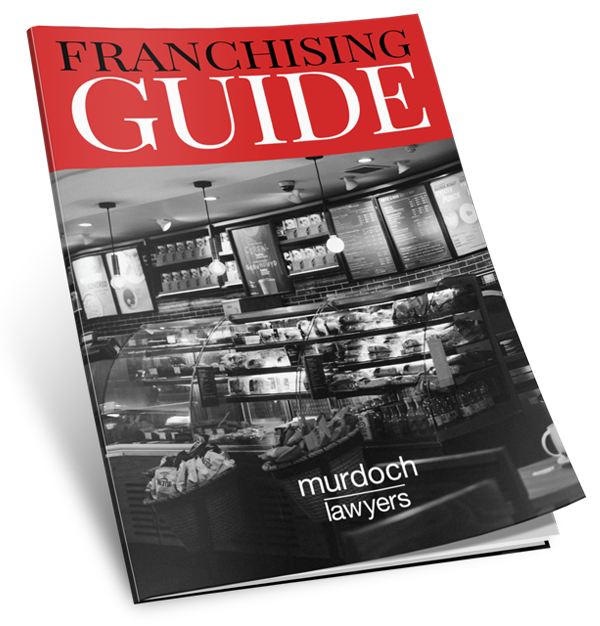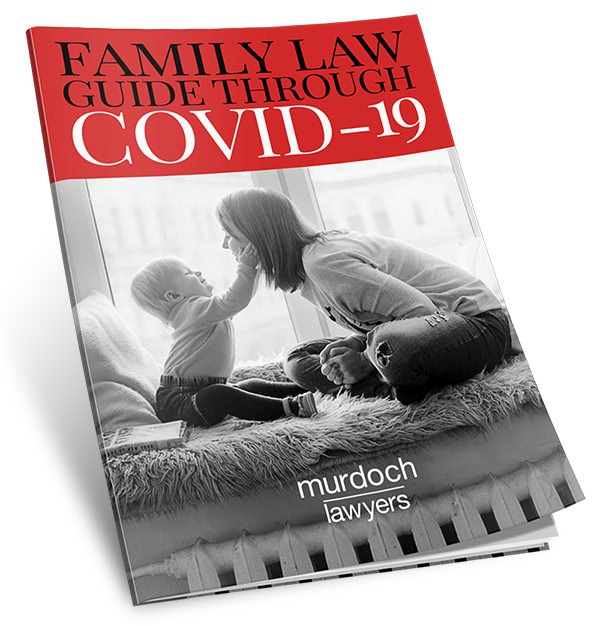
Pursuant to section 58 of the Bankruptcy Act 1966, all property (subject to some limited exclusions) of an individual, including any interest in the family home, will vest in the bankruptcy trustee upon an individual being declared bankrupt.
This is where issues may arise when dealing with the family home. That is because it is common for the family home to have been owned jointly by the bankrupt and their spouse/partner prior to bankruptcy occurring (e.g. husband and wife own their home as joint tenants, and husband becomes bankrupt).
When a bankruptcy trustee deals with the family home, a complex legal principle called “the doctrine of exoneration” can become relevant if there is equity in the property. This doctrine can, in certain limited circumstances, be applied to adjust respective equity interests in the family home based on the conduct of the bankrupt prior to bankruptcy.
Usually, it is the non-bankrupt owner of the family home who will assert to the bankruptcy trustee that the doctrine of exoneration applies for his or her benefit.
The most common example of the doctrine is where the bankrupt has used equity in the jointly owned family home (for example, by borrowing funds) for business purposes in a business of which the non-bankrupt owner has no financial interest, and then secured those funds borrowed against the jointly owned property.
Using some monetary values, a simple example of how the doctrine can be applied is as follows:
- John and Jane’s family home is valued at $900,000. They jointly purchased their home with a loan from a bank secured by a mortgage. John and Jane have, over time, paid off that loan and now own their home.
- At this point, John and Jane each have an entitlement to 50% of the total equity available of $900,000, so $450,000 each.
- For the benefit of John’s business, (of which Jane is not a director or shareholder, and otherwise has no financial interest in), John re-borrows $600,000 from the bank by accessing the equity in the home and secures that loan against the family home by mortgage. As the other owner of the home, Jane will be required by the bank to agree to this mortgage (and perhaps also guarantee the further borrowings of John).
- After the new borrowings by John, the total loan secured against the family home by via mortgage is now $600,000.
- The following year, John’s business fails and John enters bankruptcy.
- There is, on the face of things, a total of $300,000 equity available in the home after it is sold and the bank is repaid the $600,000 loan it is owed.
- Most people would assume that the $300,000 equity would be split $150,000 for the bankruptcy trustee (John’s share) and $150,000 for Jane (as the non-bankrupt joint owner), but does it seem fair that Jane only stands to receive $150,000 from the sale of the home, even though it was for John’s benefit only (his business) that the extra $600,000 was borrowed using the equity from the jointly owned property? It is not fair, and that is why the doctrine of exoneration exists, so as to re-adjust and equalise things to ensure Jane is entitled to an equitable share in the property.
- The doctrine provides that, as John was the principal borrower of the $600,000 loan, and Jane received no benefit, the entire loan is repaid first by using up all of John’s share of equity, and Jane is treated by the doctrine as a “surety” only, and is only liable to pay any shortfall in the loan owing to the bank from her share of the equity if John’s share does not cover the full amount.
- In our example, there is no loan owing, because the bank received its entire $600,000 from the house sale proceeds. However, John’s share of equity ($450,000) did not cover the full $600,000 owed to the bank.
- In short, John used up all of his equity in the property ($450,000) to pay the bank, and Jane, as “surety”, has had to “chip in” $150,000 from her share of her equity ($450,000) to see the bank’s $600,000 paid in full (John $450,000 plus Jane $150,000).
- Jane’s remaining equity in the house is then $300,000 ($450,000 less the $150,000 she “chipped in”), so Jane will receive the entire balance of $300,000 from the sale of the property, not just $150,000.
- The bankruptcy trustee (on John’s behalf) will receive $0 from the sale.
The application of the doctrine of exoneration for Jane’s benefit can be shown in the below table:
| Total $ | Jane’s Interest | John’s (Bankrupt) Interest | |
|
Family Home Property (Value) |
900,000 | 450,000 | 450,000 |
|
Mortgage Owing – John’s Borrowings |
(600,000) | Nil | (600,000) |
|
Gross Equity |
300,000 | 450,000 | (150,000) shortfall |
|
Less: |
|||
|
Call on Jane as Surety (to cover Bankrupt’s Shortfall) |
(150,000) | No Capacity to pay as bankrupt | |
|
Net Share of Equity |
300,000 | 300,000 | Nil |
It is important to keep detailed records of any such borrowings, and not to mix, if possible, personal and business loans where a jointly owned asset is used as security. This way, if a non-bankrupt co-owner asserts a claim with a future bankruptcy trustee in respect to their portion of equity in the family home, it will be easier to substantiate that position.
It is also important to remember that the doctrine is a presumption only, and that presumption can be rebutted should other facts/evidence come to light about the arrangement – for example, if it can be shown that the non-bankrupt co-owner (Jane in the above example) did benefit from the money loaned by the bank.
The application of the doctrine of exoneration can be complex. If you would like more information or advice, please call the experienced Toowoomba lawyers Team on (07) 4616 9818.
This publication has been carefully prepared, but it has been written in general terms and should be viewed as broad guidance only. It does not purport to be comprehensive or to render advice. No one should rely on the information contained in this publication without first obtaining professional advice relevant to their own specific situation.




